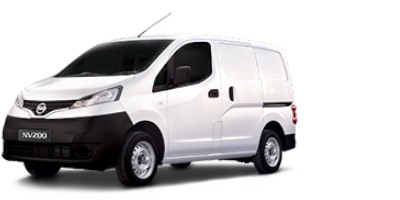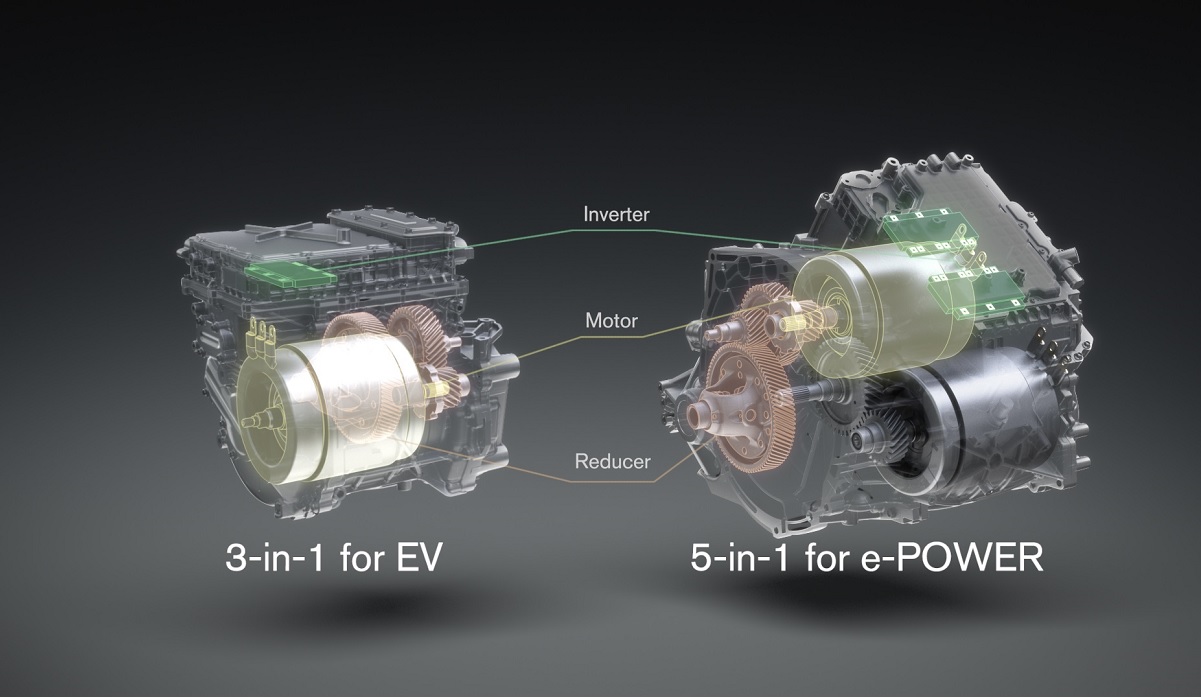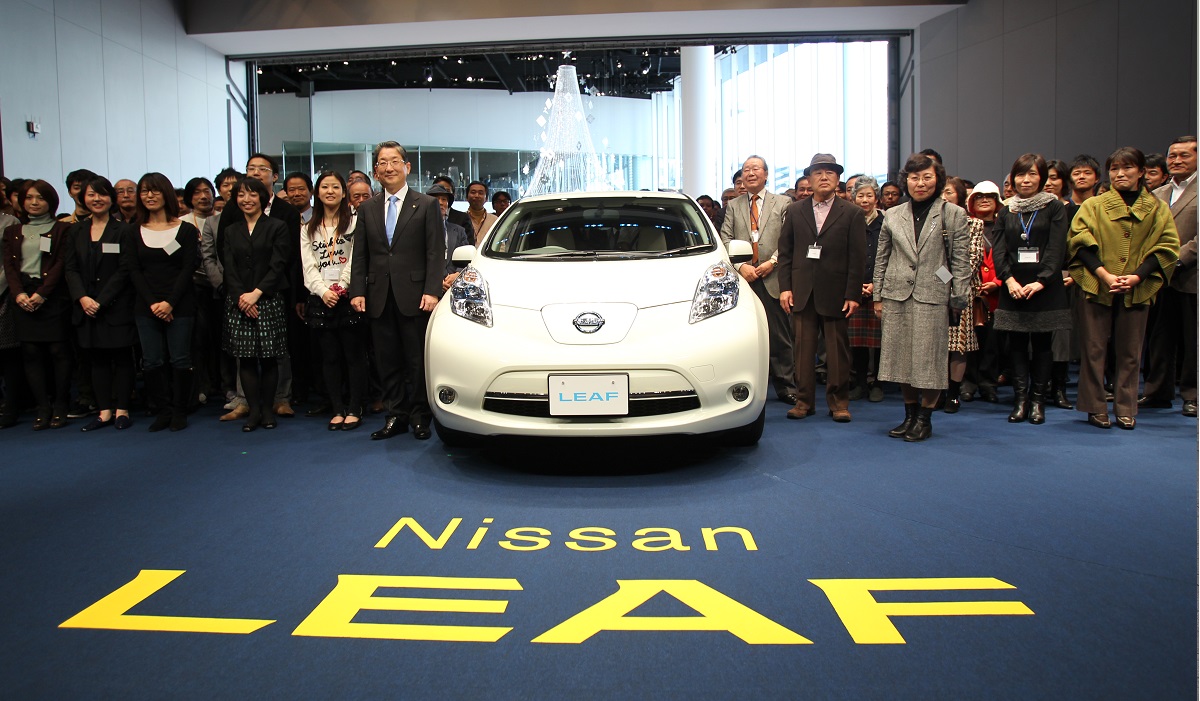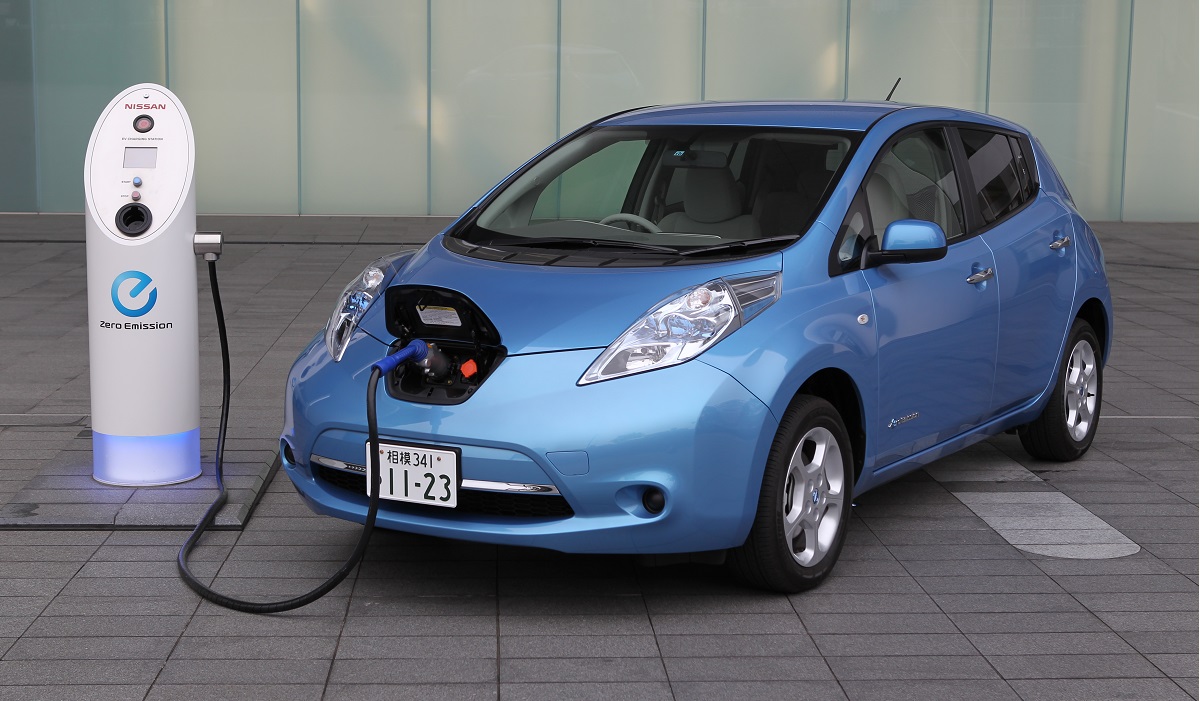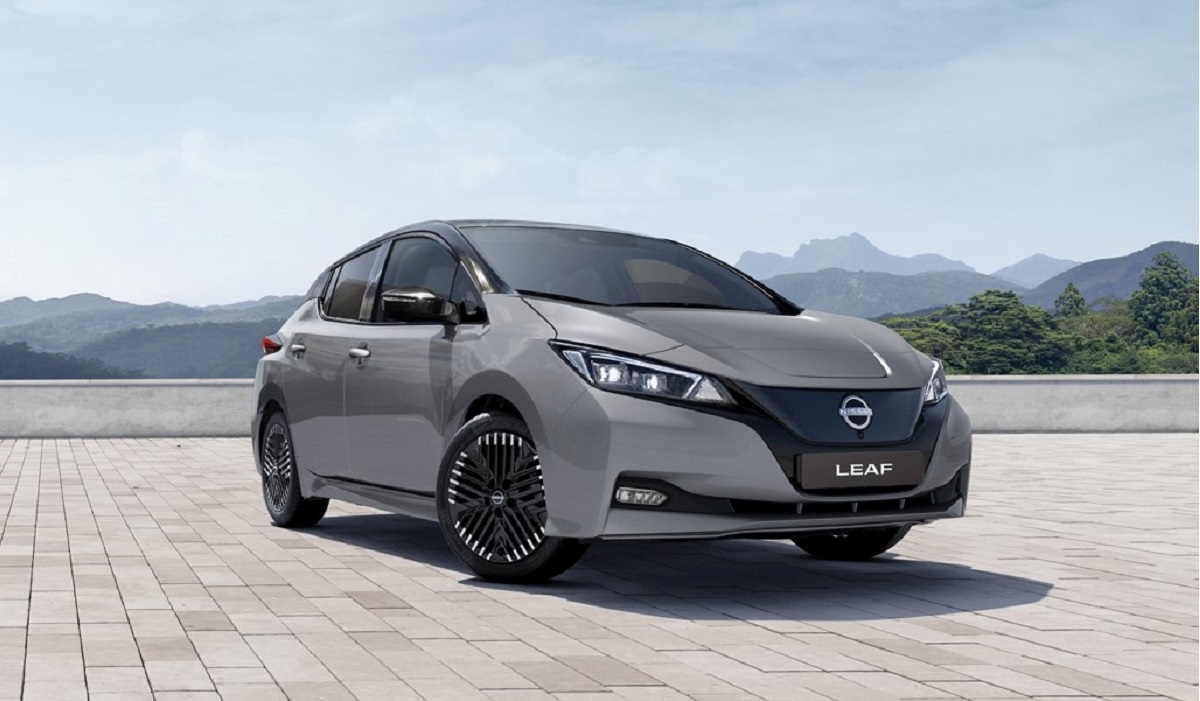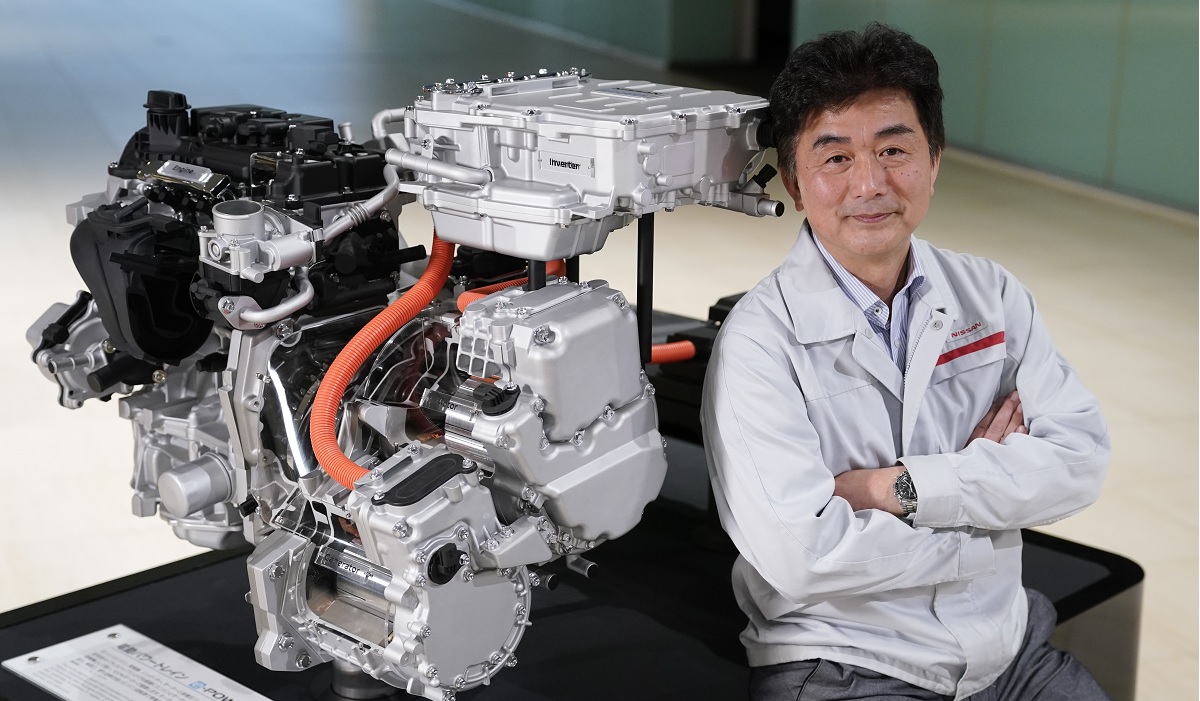- Fully electric motor-driven, without the hassle of charging
- Technology inspired by the original 100%-electric Nissan LEAF
- Fine-tuned by engineers who also developed the R35 GT-R and LEAF
Kuala Lumpur, 9 August 2024 – As the first manufacturer in the world to mass produce EVs, Nissan possesses a wealth of expertise to develop and offer mobility solutions catering to diverse needs, and the innovative e-POWER drive system is the answer to an electrified powertrain without the limitations associated with EVs.
Inspired by the original LEAF
The first generation all-electric Nissan LEAF launched in 2010 pioneered cutting-edge engineering which laid the groundwork for today’s EVs. Innovations such as a lithium-ion battery pack with a laminated cell structure and large surfaces for cooling, and the incorporation of the battery pack onto the floor of the vehicle to optimise weight distribution and rigidity were game-changing.
Being the first of its kind to be sold across the globe, the all-electric Nissan LEAF bore a range of proprietary components – its inverter, power module, motor control system and DC/DC converter were all painstakingly developed in-house by Nissan. Yet when it comes to dependability and safety, the track record of Nissan EV models – with an accumulated global sales volume surpassing one million units – remains unblemished with no critical battery incidents thus far.
Developed by GT-R engineers
Driven by the spirit of innovation and harnessing the technologies perfected in the LEAF, Nissan introduced the e-POWER drive system in 2016 to Japanese consumers in the shape of the Nissan Note e-POWER, the motor-driven compact hatchback promptly became Japan’s No. 1 selling model, courtesy of its unique drivetrain, fun-to-drive factor and fuel efficiency.
Unlike conventional hybrid systems which are centred around the internal combustion engine being the main source of propulsion, e-POWER was founded on the building blocks of an EV where the wheels are turned solely by an electric motor receiving power from a lithium-ion battery pack. The presence of a small, ultra-efficient combustion engine in an e-POWER drive system serves as a generator to charge up the battery pack, hence there is never a need to plug in, eliminating the hassles associated with EV ownership.
To ensure that the e-POWER drive system went beyond technical excellence, Nissan called upon Naoki Nakada, a former chief engineer who worked on the powertrains of the R35 GT-R and the original LEAF, to harness the exhilarating attributes of a performance car with the pleasing torque-on-demand characteristics of an EV in the e-POWER drivetrain.
“e-POWER looks like a simple system that’s easy to develop. In fact, it’s quite the opposite. You have to get the balance right between electricity use and power generation, ensure the perfect timing for when the petrol engine operates and match the battery capacity to the type of car. A lot of development work went into perfecting the customer experience,” explains Nakada.
“We want to offer e-POWER to as many people as possible, as soon as possible. With e-POWER, we are giving them the full electric driving experience, which can in turn help accelerate toward a carbon neutral, electrified mobility world” added Nakada.
e-POWER going forward
As one of the key pillars of Nissan’s electrification strategy, the e-POWER drive system receives constant refinements to elevate driving pleasure and efficiency. While different specifications of combustion engines cater to different body styles of e-POWER models, efforts to commonise and modularised the key components between all-electric and e-POWER models are ongoing as both drivetrains share many commonalities.
Nissan’s Next-generation X-in-1 manufacturing concept paves the way for upcoming all-electric and e-POWER models to share an ‘X’ of number of components such as inverter, electric motor and reducer. By lowering the use of rare earth materials and size of the drivetrain, manufacturing costs can be reduced by up to 30% within 2026, compared to 2019. More importantly, price parity between e-POWER and ICE-powered models is within touching distance.
About e-POWER
The e-POWER drive system is a technology unique to Nissan, it utilises a petrol engine to charge a Lithium-ion battery pack which then powers an electric motor to drive the wheels. It offers instant torque and responsive performance like an EV, but without range anxiety and the need to plug in and charge. Compared to a traditional combustion engine, the e-POWER system has lower tailpipe emissions and running costs, it utilises regenerative braking to reclaim energy and replenish the battery pack. Nissan plans to launch an all-new e-POWER model in Malaysia in Q4 2024.
###
About Edaran Tan Chong Motor Sdn Bhd
Edaran Tan Chong Motor Sdn. Bhd, a wholly-owned subsidiary of Tan Chong Motor Holdings Berhad (TCMH), is the sales and marketing arm of Nissan vehicles in Malaysia. In 1957, Tan Chong Motors was appointed the franchise holder of Nissan/Datsun vehicles in Malaysia and Nissan/Datsun became the best-selling brand in the country in 1970. TCMH was listed on the Bursa Malaysia Securities Berhad in 1974. The group is principally involved in the assembly and distribution of automobiles. To complement TCMH’s auto business, TCMH provides a wide range of services such as vehicle after sales, hire purchase financing, leasing, and insurance.
For media enquiries, please contact:
Tiffany Tan
T: 03-2788 3157
E: tiffany@tanchonggroup.com
Chuah Joo Ee
T: 03-2788 3160
E: jooee.chuah@tanchonggroup.com







